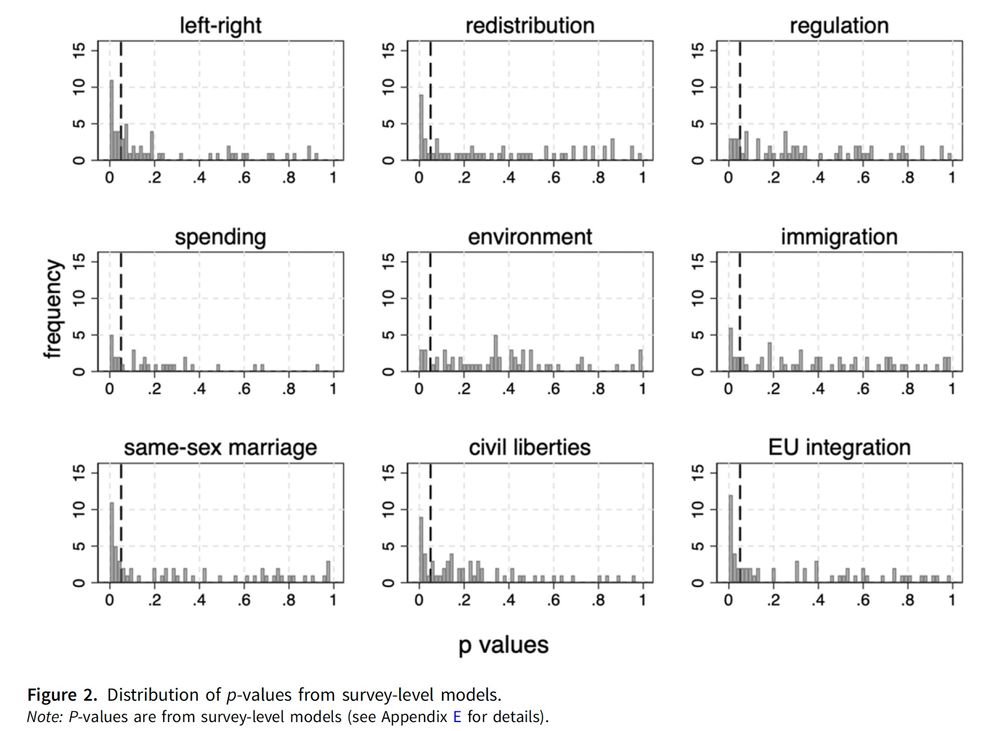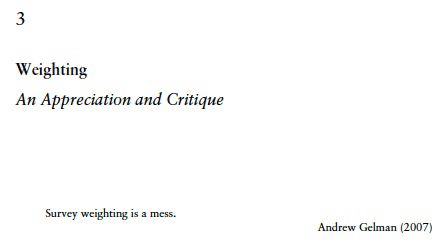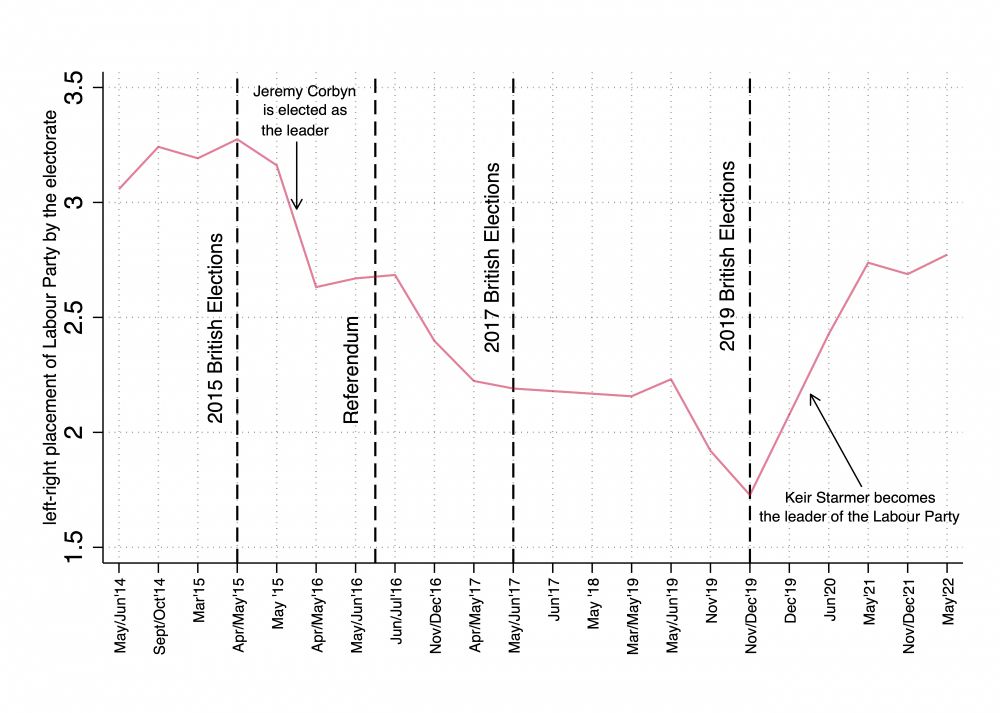
www.semihcakir.com
1️⃣Regular voters: they vote consistently
2️⃣Peripheral voters: they vote intermittently
3️⃣Perpetual non-voters: they almost never vote
They differ in their policy preferences. 8/10

1️⃣Regular voters: they vote consistently
2️⃣Peripheral voters: they vote intermittently
3️⃣Perpetual non-voters: they almost never vote
They differ in their policy preferences. 8/10
This is also why compulsory voting might make sense! 7/10

This is also why compulsory voting might make sense! 7/10
Using Cohen's d, most significant differences (in black) can be considered small but meaningful. 6/10

Using Cohen's d, most significant differences (in black) can be considered small but meaningful. 6/10
At the survey level, voters and non-voters usually hold similar policy views. Most differences are sporadic and do not reach statistical significance. 5/10

At the survey level, voters and non-voters usually hold similar policy views. Most differences are sporadic and do not reach statistical significance. 5/10
My new article in @ejprjournal.bsky.social finds: Yes, sometimes, but this is not the norm.
Let's break it down. 🧵 1/10

My new article in @ejprjournal.bsky.social finds: Yes, sometimes, but this is not the norm.
Let's break it down. 🧵 1/10



Ideologically out-of-touch Labour partisans adjusted their positions to align more closely (i.e., ideological sorting).

Ideologically out-of-touch Labour partisans adjusted their positions to align more closely (i.e., ideological sorting).
Nope! There is no evidence of a lagged effect either. Over the long run, neither a follow-the-party effect nor a backlash effect occurred, even though they perceived the Labour Party as having shifted to the left.

Nope! There is no evidence of a lagged effect either. Over the long run, neither a follow-the-party effect nor a backlash effect occurred, even though they perceived the Labour Party as having shifted to the left.
Comparing their LR self-placement before and after the leadership change, I found:
🔹Labour partisans did not follow the party.
🔹Conservative partisans did not backlash.
If anything, there was moderation among both groups.

Comparing their LR self-placement before and after the leadership change, I found:
🔹Labour partisans did not follow the party.
🔹Conservative partisans did not backlash.
If anything, there was moderation among both groups.
Key observations:
🔹Experts confirm Labour shifted significantly to the left.
🔹Citizens widely perceived this shift.


Key observations:
🔹Experts confirm Labour shifted significantly to the left.
🔹Citizens widely perceived this shift.
My latest article in European Journal of Political Research provides **limited** evidence that it is the case.
Let's break it down. 🧵

My latest article in European Journal of Political Research provides **limited** evidence that it is the case.
Let's break it down. 🧵

